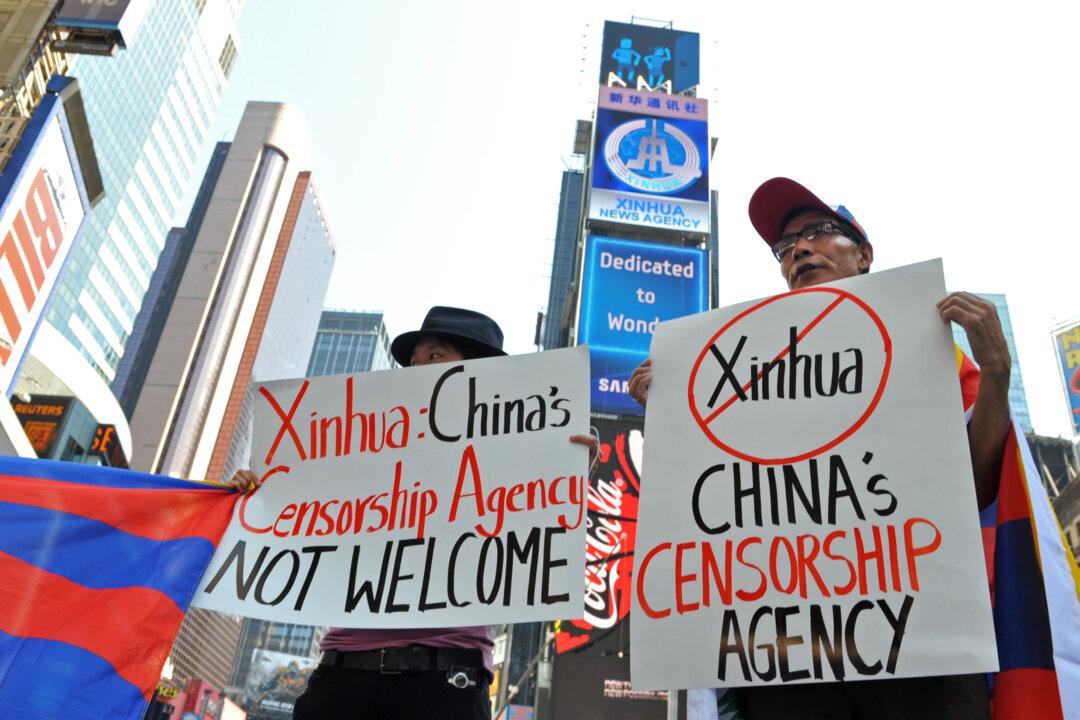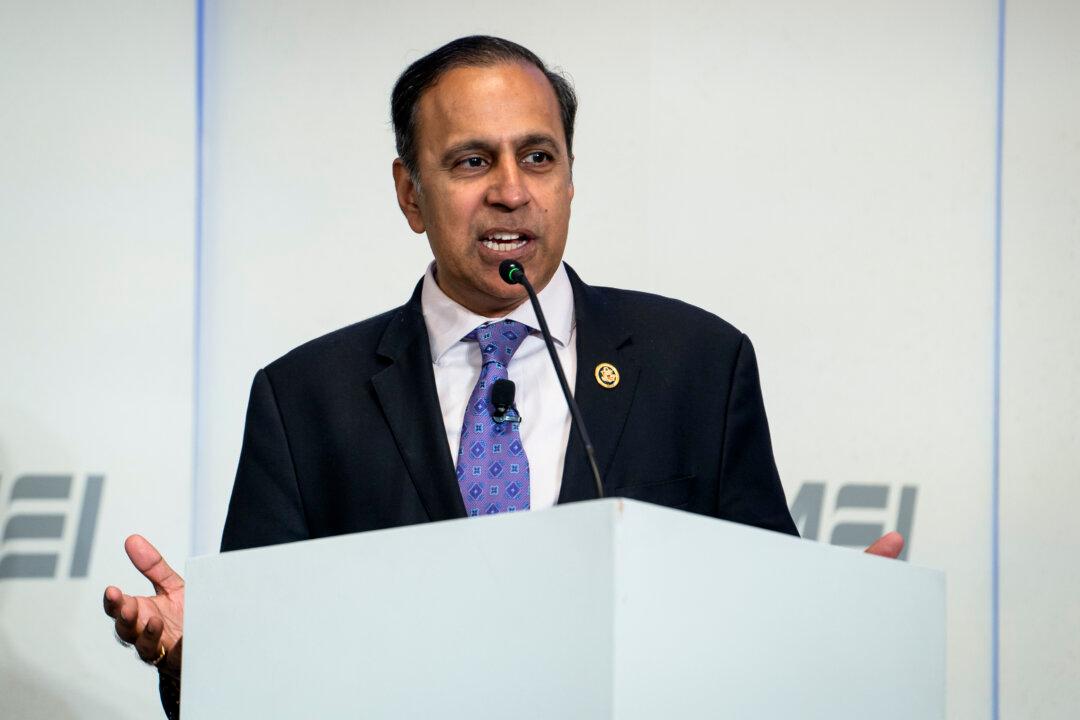The Chinese regime has been deploying “covert, corrupt and coercive” means to weaponize Chinese-language and Western media in a campaign to impose its vision of current affairs on the rest of the world, a recent French military think tank report has found.
Beijing’s efforts to export its narratives have been ongoing for decades. The first Chinese Communist Party-controlled English language newspaper, China Daily, was started in 1981. But such attempts had been clumsy and yielded slow results, according to Reporters Without Borders.





